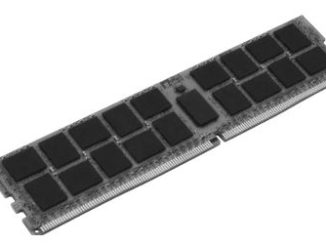
Future Systems: Can Exascale Revive AMD?
We spend a lot of time in the upper stratospheres of computing among the hyperscale and HPC crowds here at The Next Platform, and the consistent theme across these two similar but often very different customers bases is that we need a new system architecture that provides better performance at a lower cost and in a lower thermal envelope and an expanded memory hierarchy that can help with those goals. …









